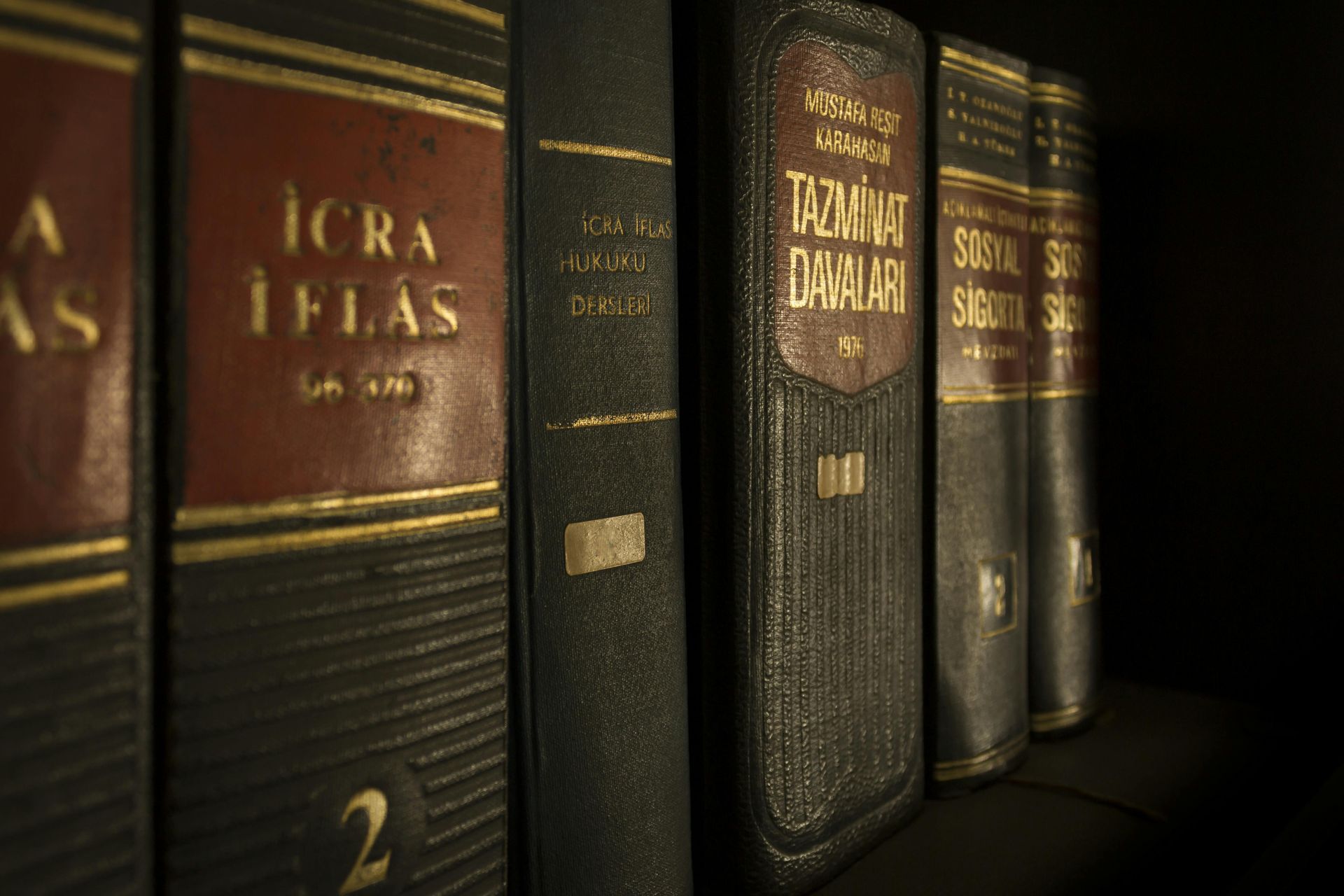Best Tools to Assess for Dyslexia
Here is a comprehensive, parent-friendly guide to the best tools to assess for dyslexia, including the reasoning for each, recommendations for parents, and explanations for any notable omissions. This guide is informed by best practices, expert consensus, and current research, including the latest tools and their practical use in schools and private evaluations.
Best Tools to Assess for Dyslexia
1. Comprehensive Psychoeducational Battery
a. Wechsler Individual Achievement Test – Fourth Edition (WIAT-IV)
Why include it?
The WIAT-IV is widely used in schools and private practice to assess core academic skills, including word reading, reading comprehension, oral reading fluency, pseudoword decoding (nonsense word reading), spelling, and written expression. It provides norm-referenced data and includes a “Dyslexia Index” that combines key subtests to estimate dyslexia risk.
Recommendation:
Parents should request this test because it covers the foundational academic skills most impacted by dyslexia and is recognized by nearly all school districts.
Limitations:
While comprehensive, it is not process-oriented; it tells you what the child can/can’t do, but not why.
b. Woodcock-Johnson IV Tests of Achievement and Cognitive Abilities (WJ-IV ACH & COG)
Why include it?
The WJ-IV batteries assess reading, writing, math, and cognitive processes. They include subtests for letter-word identification, word attack (nonsense word reading), reading fluency, spelling, and oral language, as well as cognitive processes like working memory and processing speed. The WJ-IV is highly respected and often used for diagnosing specific learning disabilities, including dyslexia.
Recommendation:
Parents should request this if available, especially if the WIAT-IV is not being used, or as a complementary measure.
Limitations:
Similar to the WIAT-IV, it is not specifically designed to diagnose dyslexia subtypes.
2. Phonological Processing and Rapid Naming
a. Comprehensive Test of Phonological Processing – Second Edition (CTOPP-2)
Why include it?
Many believe the CTOPP-2 is the gold standard for measuring phonological awareness, phonological memory, and rapid naming—core deficits in dyslexia. It helps identify whether a child’s reading difficulties stem from problems with sound manipulation or retrieval speed.
Recommendation:
Parents should always request this test or a similar phonological processing assessment, as it targets the hallmark features of dyslexia.
Limitations:
It does not measure reading or spelling directly, so it must be paired with achievement tests.
b. Rapid Automatized Naming (RAN) Tasks
Why include it?
RAN tasks measure how quickly a child can name familiar items (letters, numbers, colors, objects). Slow RAN is a classic marker of dyslexia and is often included in batteries like the CTOPP-2 or as stand-alone tasks.
Recommendation:
Request as part of a phonological processing battery or as a supplement.
3. Reading Fluency and Comprehension
a. Gray Oral Reading Test – Fifth Edition (GORT-5)
Why include it?
The GORT-5 assesses oral reading fluency (accuracy, rate, expression) and comprehension. It is particularly useful for identifying children who can decode but not read fluently, a common profile in dyslexia.
Recommendation:
Request if your child struggles with reading aloud or comprehension.
b. Test of Word Reading Efficiency – Second Edition (TOWRE-2)
Why include it?
The TOWRE-2 is a brief, timed test of sight word reading and pseudoword decoding. It is sensitive to the speed and accuracy deficits typical in dyslexia.
Recommendation:
Request for a quick, objective measure of reading fluency and decoding.
4. Process-Oriented and Dyslexia-Specific Batteries
a. Feifer Assessment of Reading (FAR)
Why include it?
The FAR is a comprehensive, process-oriented assessment designed specifically to diagnose reading disorders, including dyslexia. It evaluates phonological awareness, orthographic processing, decoding, fluency, comprehension, and provides dyslexia subtyping and error analysis.
Recommendation:
Highly recommended, especially if previous evaluations were inconclusive or if you want to understand why your child struggles with reading.
Note: The FAR is not yet standard in all public schools, so you may need to request it as part of an Independent Educational Evaluation (IEE) or through a private evaluator.
Why it may be omitted:
Not all school psychologists are trained in the FAR, and some districts may not have access to it. If your district cannot provide it, ask for an IEE or seek a private evaluation.
b. Tests of Dyslexia (TOD)
Why include it?
The TOD is a new, comprehensive battery specifically designed to assess dyslexia risk and diagnosis. It includes screening, early, and comprehensive versions, covering phonological manipulation, rapid naming, word and pseudoword reading, spelling, and more.
Recommendation:
Request if available, as it is highly targeted and research-based.
Note: As a newer tool, it may not be available in all districts yet.
5. Supplemental and Screening Tools
a. San Diego Quick Assessment (SDQA) / Lexercise Screener
Why include it?
These are quick, free screeners that can help identify children at risk for dyslexia, especially in settings where formal testing is delayed.
Recommendation:
Use as an initial step, but always follow up with a comprehensive evaluation.
What Should Parents Ask For?
At a minimum, parents should request:
- An academic achievement battery (WIAT-IV or WJ-IV)
- A phonological processing assessment (CTOPP-2 or equivalent)
- A reading fluency and decoding measure (TOWRE-2, GORT-5)
- A cognitive assessment (WISC-V or WJ-IV COG)
- If available, a process-oriented battery (FAR or TOD)
- If any of these are omitted, ask:
- “Why are you not including a phonological processing test, when this is a hallmark of dyslexia?”
- “Why are you not using a process-oriented tool like the FAR or TOD?”
- “How will you determine why my child struggles with reading, not just if they struggle?”
Why Some Tools Might Not Be Included
FAR and TOD: Not all schools have access or trained staff; may require IEE or private evaluation.
GORT-5/TOWRE-2: Sometimes omitted if the school believes their achievement battery covers fluency, but these are more sensitive to dyslexia profiles.
Screeners (SDQA, Lexercise): Not diagnostic—good for identifying risk, not for formal eligibility decisions.
Summary Table

Conclusion
Best practice: Request a comprehensive, multi-domain evaluation that includes academic achievement, cognitive testing, phonological processing, and reading fluency.
If your school omits key tests (like the FAR or CTOPP-2), ask for the rationale and consider requesting an Independent Educational Evaluation (IEE) at public expense.
If you want to understand why your child struggles, not just if, advocate for process-oriented tools like the FAR or TOD.
Remember: No single test diagnoses dyslexia—a combination of tests, history, and expert interpretation is essential.
DISCLAIMER:
The information you obtain at this site is not, nor is it intended to be, legal advice. You should consult an attorney for advice regarding your individual situation. Contacting us does not create an attorney-client relationship.












